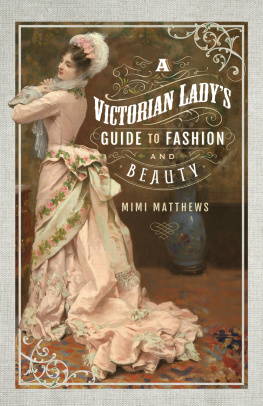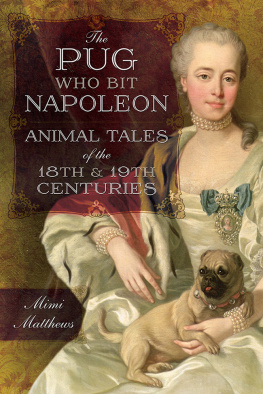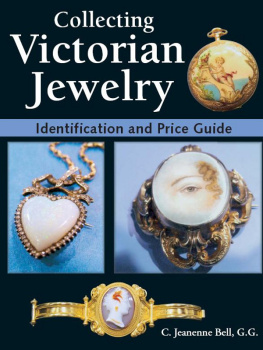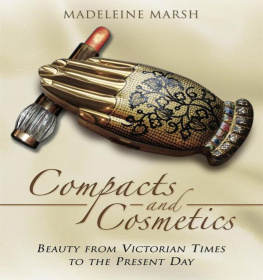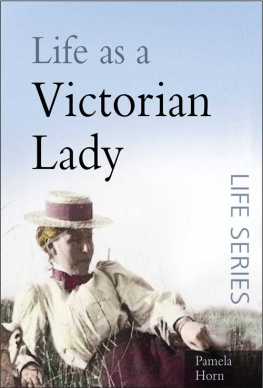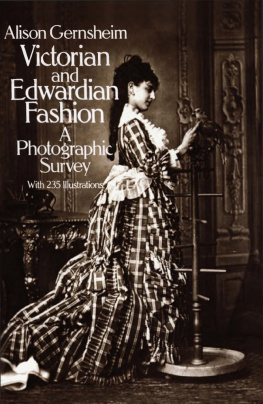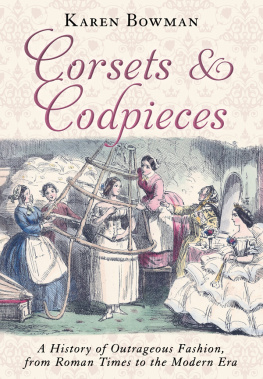Pagebreaks of the print version

A Victorian Ladys Guide to Fashion and Beauty
For my parents, Vickie and Eugene, who have always encouragedand indulgedmy love of beautiful things.
A Victorian Ladys Guide to Fashion and Beauty
Mimi Matthews
First published in Great Britain in 2018 by
PEN AND SWORD HISTORY
an imprint of
Pen and Sword Books Ltd
47 Church Street
Barnsley
South Yorkshire S70 2AS
Copyright Mimi Matthews, 2018
ISBN 978 1 52670 504 4
eISBN 978 1 52670 506 8
Mobi ISBN 978 1 52670 505 1
The right of Mimi Matthews to be identified as the author of this work has been asserted by her in accordance with the Copyright, Designs and Patents Act 1988.
A CIP record for this book is available from the British Library
All rights reserved. No part of this book may be reproduced or transmitted in any form or by any means, electronic or mechanical including photocopying, recording or by any information storage and retrieval system, without permission from the Publisher in writing.
Pen & Sword Books Ltd incorporates the imprints of Pen & Sword Archaeology, Atlas, Aviation, Battleground, Discovery, Family History, History, Maritime, Military, Naval, Politics, Railways, Select, Social History, Transport, True Crime, Claymore Press, Frontline Books, Leo Cooper, Praetorian Press, Remember When, Seaforth Publishing and Wharncliffe.
For a complete list of Pen and Sword titles please contact
Pen and Sword Books Limited
47 Church Street, Barnsley, South Yorkshire, S70 2AS, England
E-mail:
Website: www.pen-and-sword.co.uk
Acknowledgments
While researching and writing this book, I was privileged to have a great deal of support from friends, family, and professional peers. To them, I extend my heartfelt thanks.
Thanks are also due to the wonderful team at Pen and Sword Books; to Jon Wright for supporting this book from its inception; to Carol Trow for her patience, sensitivity, and general editing brilliance; to Laura Hirst for her kindness and attention to detail; to Jon Wilkinson for creating such a beautiful book cover; and to Mei Trow for giving so generously of his valuable time.
A very special thank you to the countless museums, universities, and archives that assisted in my research. I am particularly grateful to the Metropolitan Museum of Art, Wellcome Library, the Tokyo Fuji Art Museum, and the Muse de la Ville de Paris, Muse du Petit-Palais for the use of their illustrations, fashion plates, and paintings.
And finally, to Ash, Stella, Sapphire, Marzipan, and Centelleo, who have trudged along with me through good fashion days and bad. None of this would mean anything without you.
Mimi Matthews
January 2018
Introduction
Queen Victoria ascended the British throne in 1837. During the more than sixty years of her reign, womens fashion evolved from the restrictive, Gothic severity that exemplified the sheltered Victorian lady to the shirtwaists and no-nonsense tailor-made suits that would come to epitomize the turn of the century New Woman. In between, there were flounced skirts over wire cage crinolines, richly trimmed fabrics drawn back over bustles, and waistlines nipped to mere inches by steam-moulded corsetssilhouettes that are easily recognizable today from televised costume dramas, period movies, and Steampunk fairs and festivals.
As fashion was evolving, so too were trends in womens beauty. An era which began by prizing natural, bare-faced beauty ended with women purchasing cosmetics, such as lip rouge, synthetic perfumes, and chemical lighteners for their skin. By 1901, chemists were marketing beauty products to the masses, allowing for women of every age and every class to indulge in the latest hair and make-up trends.
Changes in fashion and beauty were spurred on by social and technological advancement. As women gained independence, clothing adapted to suit their newfound freedom. Unwieldy crinolines and bustles made way for dresses in which a lady could easily walk to work, ride her bicycle, or participate in sports such as golf and tennis. At the same time, the invention of the sewing machine and the discovery of aniline dyes further democratized fashion, making stylish silhouettes and vibrant colours available to a much wider range of women.
Victorian womens fashion and beauty is the primary focus of this book. However, rather than address the minute details of fabric density or the exact method for cutting a bodice or sewing a sleeve, I have chosen to give a broad overview of the changes in fashionable clothing, hairstyles, and cosmetics that took place from the advent of the era to the end of the nineteenth century. I have also included relevant historical events to put these changes into greater context. The result is what I hope will be a comprehensiveand comprehensiblesurvey of Victorian fashion and beauty, suitable for laypersons and historians alike. I hope you find it as enjoyable to read as I have to research and write.
PART I
Fashion
Chapter 1
The 1840s
Although the present styles of toilette partake of the purest elegance, they are divested of all unnecessary and gorgeous decorations.
Blackwoods Ladys Magazine , 1843.
The 1840s ushered in a decade of womens gowns designed in what some nineteenth century historians describe as the Victorian Gothic style. Gone were the sloping shoulders and enormous gigot sleeves (also known as leg-o-mutton sleeves) which characterized the romantic silhouettes of the late 1820s and early to mid-1830s. In their place were pointed bodices, dome-shaped skirts, and long, tight sleeves which made it impossible for a lady to raise her arms above her head.
These were fashions designed for women who were expected to be dependent on those around them. Though a young and eventually transformative queen had ascended the British throne in 1837, ordinary women of the 1840s had very little freedom of their own. They were constrained not only by their clothing, but by the suffocating rules of society. This was especially true for those ladies of the middle and upper classes. For most of them, marriage and children were the ultimate goal. Work outside the home was discouraged, as was participation in competitive sports like golf or tennis.
Instead, women engaged in more restrained and ladylike pursuits such as needlework, painting, or playing the piano. They wrote letters, volunteered for charitable causes, and went shopping or for walks. Those women who wished for more strenuous exerciseand had the means to afford itcould also go horseback riding, garbed in riding costumes that were as restrictive and cumbersome as the rest of their clothing.
The 1840s Silhouette
At the beginning of the decade, womens dresses were angular and severe. Gowns were set low on the shoulder with sleeves worn long and tight to the arm. Some sleeves of this type featured a small frill, cap-piece, or puff near the shoulder. The bishop style of sleeve was also considered quite fashionable. It was pleated at the shoulder and became fuller as it extended down to the wrist where it was gathered into a cuff.
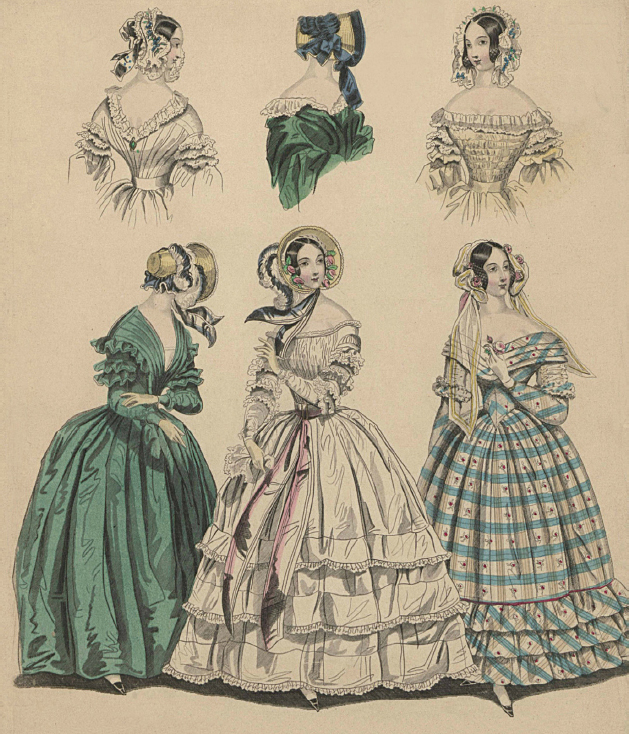
Dresses of the early 1840s had low set shoulders and long, tight-fitting sleeves. ( Womens Morning and Dinner Dresses , 1840. Thomas J. Watson Library, Metropolitan Museum of Art.)

